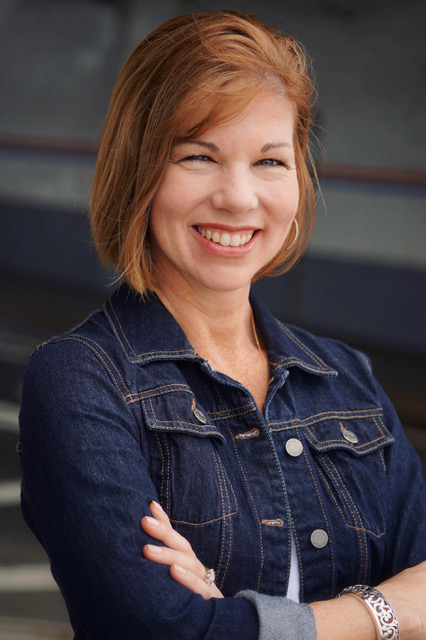
I was the only little girl I knew who actually liked getting dragged to the barber shop for her brothers' haircuts. Why? The waiting area always held the newest Reader's Digest, which I would immediately flip open to its monthly "Medical Mystery" feature. I was oddly captivated by the workings of the human body, how things could go terribly wrong, and the ingenuity it took to save people's lives.
But my fascination didn't end there. By high school I was strangely gleeful when dissecting cow eyeballs and fetal pigs, my boundless curiosity in full force. "You sure do ask a lot of questions, Mo," my biology teacher would tell me, a mix of affection and tedium etched in his voice. A series of unlikely events had me majoring in journalism at Penn State a few years later. It was wonderful preparation to become a daily newspaper reporter, where − astoundingly − I was now paid to ask questions. The job was a heady, delicious blend of seeking and finding and telling people's stories.
Years later, the newspaper industry's sad fade presented a quandary cloaked in opportunity: How to pivot as a professional writer? Suddenly it all made sense: I should write about the medical marvels, mysteries and movements that had always stolen my attention. And it's been a wild ride. I've traveled the globe covering major medical conferences, written for top publications and become a go-to writer for some of the most esteemed hospitals in the United States. I not only get paid to ask questions, I get paid to tell people what I've learned. It doesn't get much better than that.